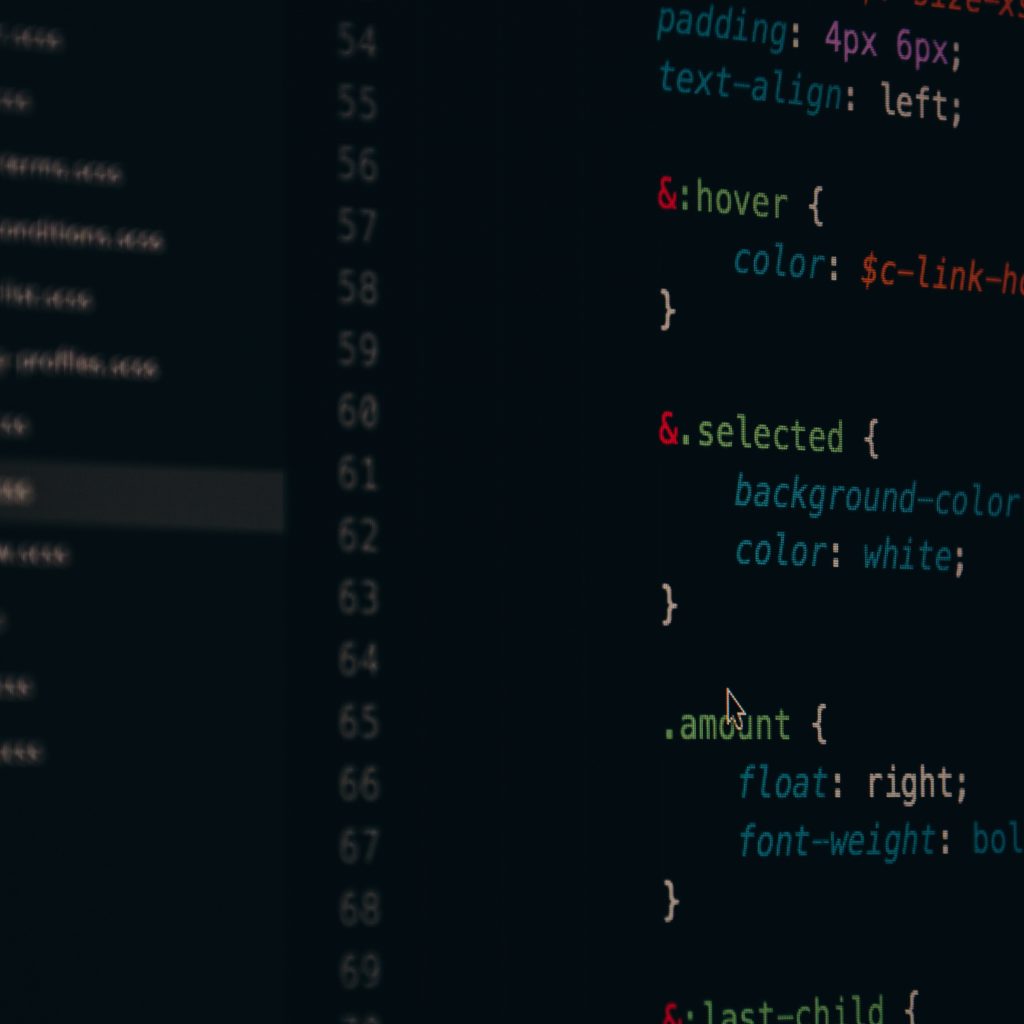CSS isn’t an excessively perplexing language. Yet, regardless of whether you’ve been composing CSS for a long time, you likely actually go over new things — properties you’ve never utilized, values you’ve never thought of, or particular subtleties you never thought about.
In my examination, I go over new little goodies constantly, so I thought I’d share some of them in this post. Honestly, not everything in this post will have a huge load of quick reasonable worth, however perhaps you can intellectually record a portion of these for sometime in the future.
CSS Units
The CSS units accessible are pretty cool, beginning by the relative ones: %, em, rem. The em and rem are comparative with the text dimension, and the rate is comparative with the parent. Curiously enough, you can have block components with widths in em and the text dimension they’re founded on in %, at that point it can reach to a point where there’s no parent.
At that point you have outright units, similar to px which is the most utilized one, however you additionally have units that depend on physical measures, beginning with Points (pt) which is 1/72 of an inch, or potentially picas (pc)(12 focuses). These are the more uncommon one, yet Quarter millimeters (q), millimeters (mm), centimeters (cm), or inches (in) are utilized in our regular daily existence, and on the web is very valuable when you have to print something that has a particular size.
In conclusion I simply need to specify the fr unit. It is a short for fraction, and speaks to a small amount of the accessible space in a holder. There’s this extraordinary video from Jen Simmons that clarifies it and what issues it illuminates in a very basic manner.
Calc
Calc is simply astonishing when you have to blend units to have a size of something. Let’s assume you have a sidebar of 300px width and you need the substance of the site to take the remainder of the program width, you can utilize calc for that:
width: calc(160vw – 700px);
You can utilize calc for different hacks, such as having responsive text dimensions without media inquiries, or planning the medium full-width picture.
The blueprint balance property
The blueprint property is truly known because of its capacity to help in investigating (it doesn’t influence page stream). The spec, nonetheless, has included a framework balanced property, which does precisely what its name recommends — it lets you characterize how far the diagram ought to be counterbalanced from the component.
The main significant disadvantage to the blueprint balance property is the way that it’s upheld in each program aside from Internet Explorer (not even IE11).
Browser read selectors from option to left
It is a major actuality, yet shockingly a generally secret: programs read selectors from right to left. It implies innocuously looking selectors like .feed nav ul li h2 are unsatisfactorily wasteful. So as to tackle this enigma program will discover first all the h2 in the report, at that point all li, etc until it comes to .feed and filters some time ago discovered components to create a coordinating hub list. This issue can be evaded by shortening selector way to the component (for example .feed-list-heading). However we actually can do settling when utilizing a youngster selector. It gives extensively great productivity since program needs to check just one level higher in the DOM and afterward stops (for example .feed-list > li > h2).



